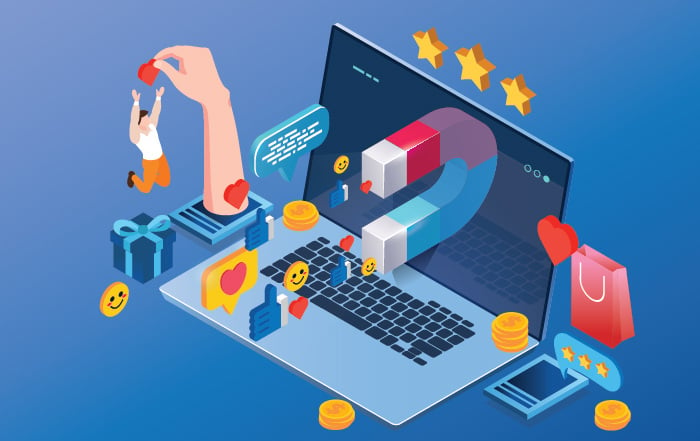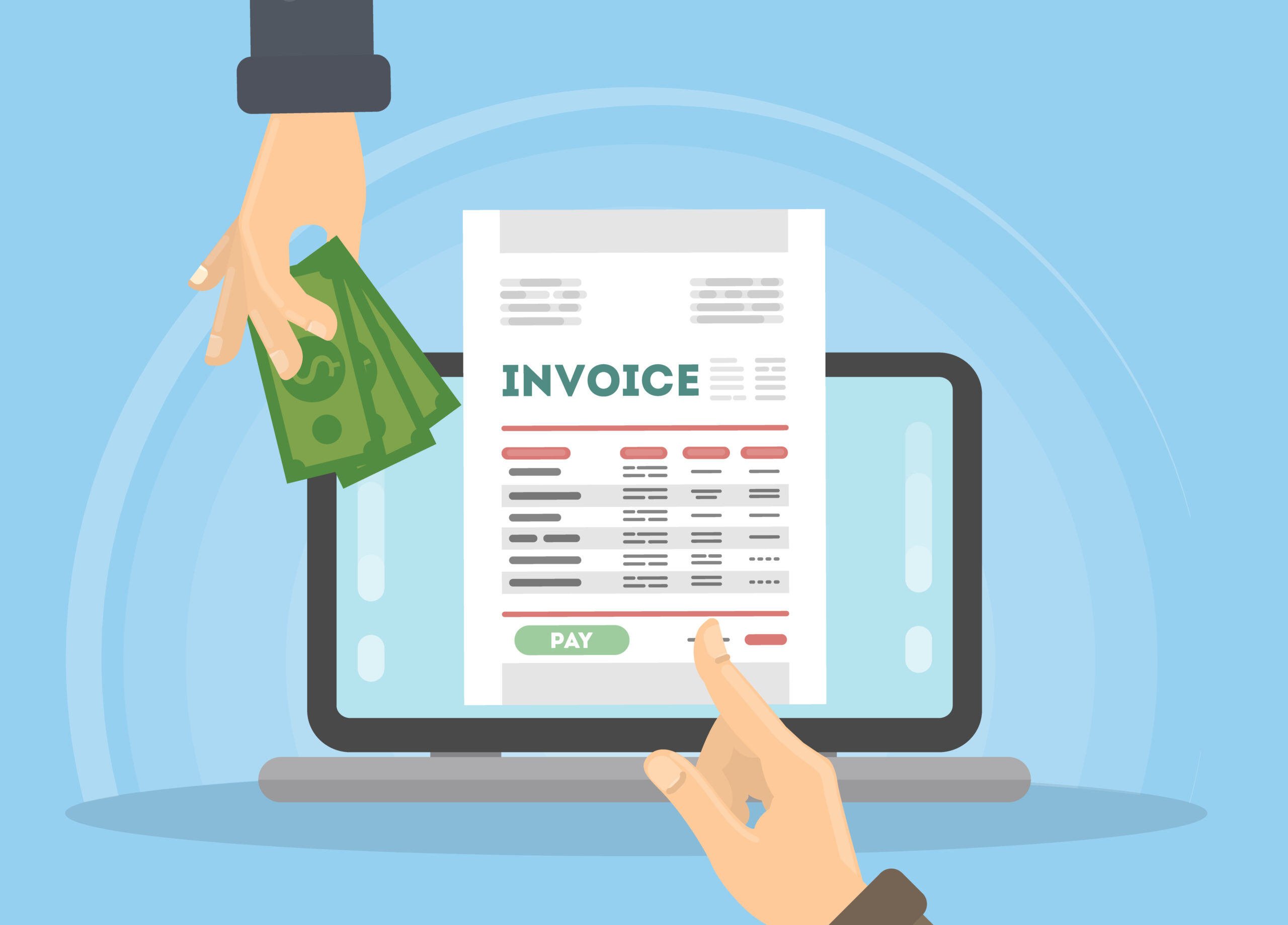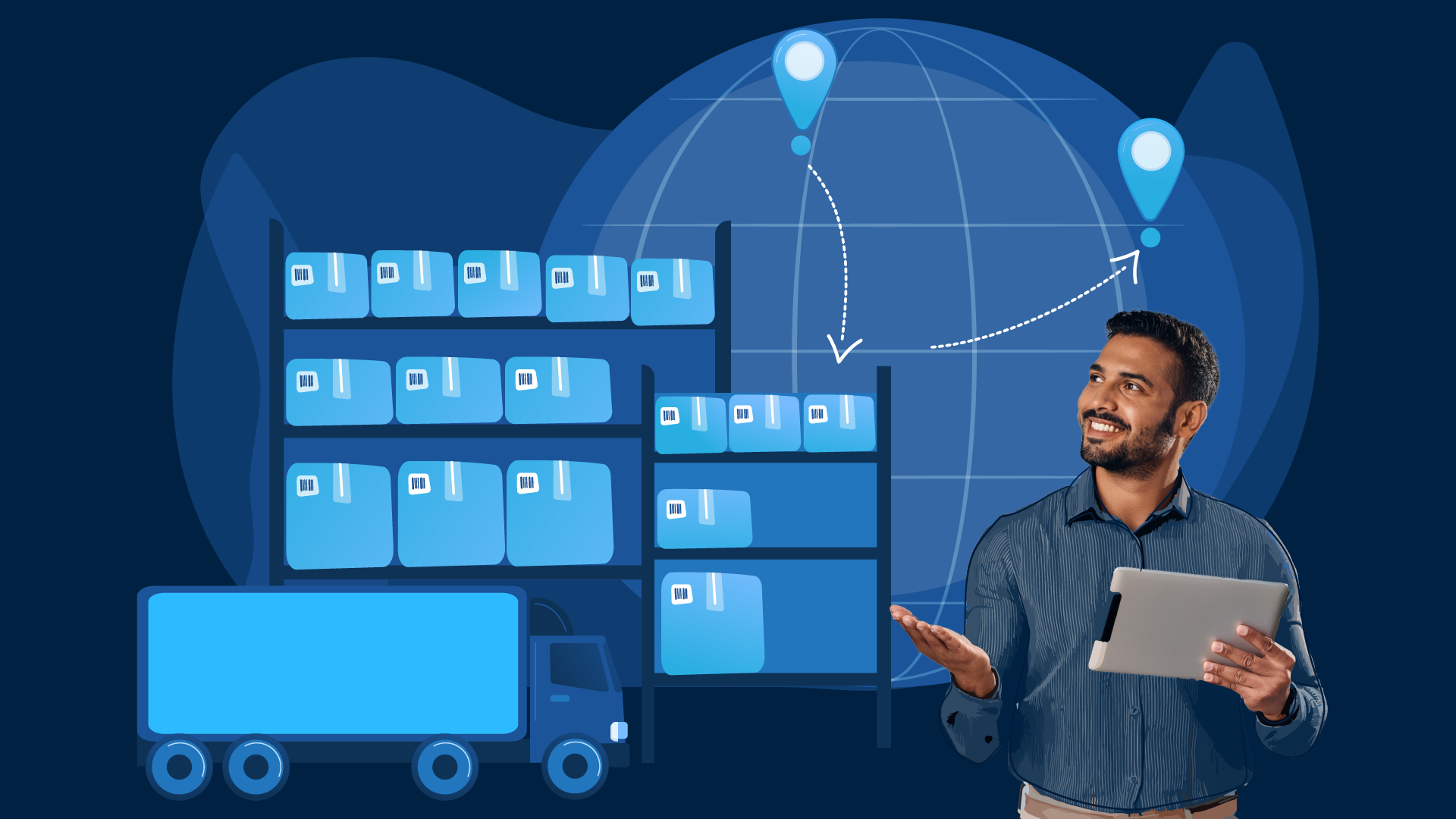Top Ideas to Consider When Redesigning your Website
As we approach a new year, there are many things you may look to improve in your business and marketing strategy to exceed your goals from the...


Integrating referral programs is a great way to engage with customers. Creating a system where everyone has the opportunity to receive benefits in some way creates a win-win situation. Referral programs are encouraged for the positive word-of-mouth remarks that result from them. When choosing a referral program, there are strategic approaches to take depending on a company’s persona, audience, and product or service.
Most referral programs use incentives to motivate customers to recommend a business. The incentives offered in a referral program can vary depending on the business and its goals. It’s important for businesses to carefully design their referral programs to ensure that the incentives are appealing to customers and align with their target audience’s preferences.
Some examples of different incentives that can be used are discounts, loyalty points, exclusive access, complimentary services, and more! This strategic approach will attract customers to participate in these programs that will enforce word-of-mouth marketing. If you are looking for ways to get started, the following blog will elaborate on referral program ideas that could be used to keep customers coming back for more!
The Tiered Rewards System is a referral program strategy where customers are incentivized to refer new customers by offering escalating rewards or incentives based on the number or level of successful referrals they make. In this system, customers are motivated to reach higher referral milestones in order to unlock more valuable rewards. Using this strategy leads to an increase in the number of referrals made.
Depending on each business, it is important to carefully design the tiers and corresponding rewards in a Tiered Rewards System. The rewards should be enticing enough to drive customer participation and strike a balance between attainable and challenging, ensuring that customers are motivated to continue referring new customers without feeling discouraged by unattainable goals. Regular communication and updates about progress and rewards are also crucial to maintain customer engagement and excitement throughout the program.

An example of a successful company that incorporates this is Airbnb. When someone refers a friend, both parties receive credit from Airbnb that can be used as free travel credit. They do provide terms and conditions that make it clear for customers to understand their referral program. Current customers have the ability to earn free travel credit when following the terms that apply to referrals. Rules and conditions go along with their referral program.
The strategy of offering early access and early releases is a referral program approach where customers are rewarded with exclusive access to new products, services, features, or content before they are made available to the general public. This strategy creates a sense of exclusivity and anticipation, motivating customers to refer others in order to gain early access privileges. It is important for businesses to effectively communicate the value of early access to customers and ensure that the exclusive offerings are truly unique and compelling. Clear guidelines and instructions on how customers can leverage their early access privileges should be provided to maximize engagement and generate positive referrals.
When customers have early access to new offerings, they can provide firsthand insights and experiences to potential customers. This increases the credibility of their referrals as the referred individuals are more likely to trust and act upon the recommendations.

A company that enforces this practice is Robinhood, a financial service company. Their referral program offers exclusive products and features. When a customer refers to a friend, both the customer and the referred will earn gift stock. Rules and conditions go along with their referral program.
The strategy of using personalized referral codes in a referral program involves assigning unique codes or links to individual customers, which they can share with their network to refer new customers. Personalized referral codes create a sense of ownership and personal connection for customers. They feel a greater sense of responsibility to actively promote their own unique code, as they know they will be personally awarded for successful referrals. This motivation leads to increased participation and a higher volume of referrals.
With this, customers have a simple and convenient way to refer to others. They can easily share their code via email, social media, or word of mouth, making it effortless for both the referrer and the referred individual to participate in the referral program.

Uber, a transportation company, provides a referral program that includes personalized referral codes. Anyone with an Uber account can refer a friend with their personal invitation code. This varies from each account. Customers are then rewarded those who were referred to using the code they were given. Rules and conditions go along with their referral program.
Using social media contests as a strategy in a referral program involves organizing contests or challenges to encourage customers to refer others and engage with the brand. Some platforms that can be used are Twitter, Facebook, Instagram, and LinkedIn. These contests typically require participants to share their referral links or codes, promote the business, or perform specific actions to enter or win the contest. There are many different ways to engage audiences via social media.
It is important to keep in mind that transparency will help with social media contests. It is key to make your referral contests easy to enter. This includes having the set of rules to be crystal clear.

One example of promoting referral programs via social media is iFiber Communications. They are using Facebook to offer $50 credit to customers who refer to their friends. This is a great way to get current customers to engage in word-of-mouth marketing. Rules and conditions go along with their referral program.
Using gamification elements in a referral program involves incorporating game-like features, mechanics, or dynamics to motivate and engage customers in the referral process. This strategy aims to tap into the psychological aspects of gaming, such as competition, achievement, and rewards, to encourage customers to refer others. Most gamification elements are going to be loyalty programs that motivate customers to make more referrals that unlock opportunities.

Dropbox is well-known for its successful referral program that incorporates gamification elements. By inviting friends to join Dropbox, users can earn additional storage space for free. Dropbox introduced a progress bar that visually tracks the user’s referrals and the corresponding storage space earned. This gamified approach encourages users to refer more friends and unlock higher storage rewards.
In conclusion, implementing a well-designed referral program can be a game-changer for businesses looking to retain customers and acquire new ones. This blog has explored various referral program ideas that are proven to keep customers coming back for more. It’s important for businesses to carefully design their referral programs to ensure that the incentives are appealing to customers and align with their target audience’s preferences!
To learn more about referral programs and how your business can take advantage of them, visit our blog: Boost Your Business Growth With an Effective Referral Program.

As we approach a new year, there are many things you may look to improve in your business and marketing strategy to exceed your goals from the...

An ISP billing system can serve many different purposes with regard to keeping track of payments and sales. Knowing what to look for when obtaining...

Behind every satisfying purchase, every on-time delivery, and every swift resolution to a product issue lies a complex network working tirelessly:...